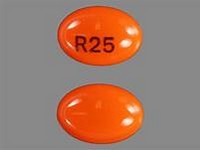Calcitriol
CLINICAL USE
Vitamin D analogue:
DOSE IN NORMAL RENAL FUNCTION
PHARMACOKINETICS
DOSE IN RENAL IMPAIRMENT
GFR (mL/MIN)
DOSE IN PATIENTS UNDERGOING RENAL REPLACEMENT THERAPIES
IMPORTANT DRUG INTERACTIONS
Potentially hazardous interactions with other drugs
ADMINISTRATION
Reconstition
–
Route
Oral, IV
Rate of Administration
Bolus
Comments
–
